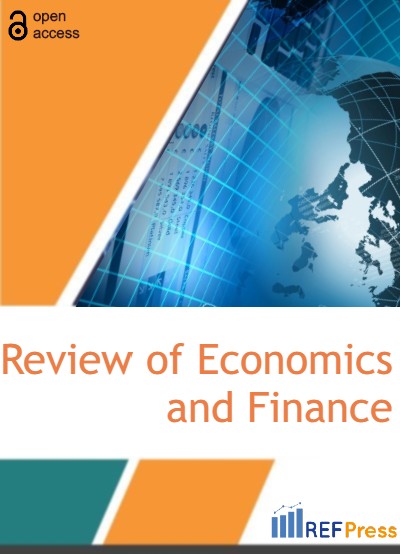
Corruption Occurrences in the Public Sector Agency: Malaysia Evidence
(Pages 1342-1349)Azrul Aduka Ahmad1, Razana Juhaida Johari2,*, Fazlida Mohd. Razali1, Norfadzilah Rashid3 and Ayatulloh Michael Musyaffi4
1Accounting Research Institute, Universiti Teknologi MARA, Shah Alam, Malaysia.
2Faculty of Accountancy, Universiti Teknologi MARA, Shah Alam, Malaysia.
3Faculty of Business and Management, Universiti Sultan Zainal Abidin, Malaysia.
4Faculty of Economics, Universitas Negeri Jakarta, Indonesia.
DOI: https://doi.org/10.55365/1923.x2023.21.146
Abstract:
This study analyses the perception of activities that lead to corruption occurrences that are strongly associated with the misuse of public resources, for example: accepting bribes and gifts; forgery of documents; preferential treatment; misuse or taking advantage of entrusted positions and power; and activities that speed up services for people without paying heed to proper processes. The objective of this study is to identify the type of corruption activities in Malaysia’s public sector as perceived by officers. A total of 400 questionnaires were distributed to officers working in 25 federal-level ministries. The data analysis results based on 242 complete responses revealed an alarming situation where most respondents acknowledged the existence of corruption activities in the public sector agency. The findings from this study could be used by the public sector agency to develop, implement, and enforce rigorous policies that can effectively root out corruption activities. The study’s limitations and suggestions for future research are also discussed.
Keywords:
Corruption; Public Sector; Malaysia; Public Officers.
How to Cite:
Azrul Aduka Ahmad, Razana Juhaida Johari, Fazlida Mohd. Razali, Norfadzilah Rashid and Ayatulloh Michael Musyaffi. Corruption Occurrences in the Public Sector Agency: Malaysia Evidence. [ref]: vol.21.2023. available at: https://refpress.org/ref-vol21-a146/
Licensee REF Press This is an open access article licensed under the terms of the Creative Commons Attribution Non-Commercial License (http://creativecommons.org/licenses/by-nc/3.0/) which permits unrestricted, non-commercial use, distribution and reproduction in any medium, provided the work is properly cited.
